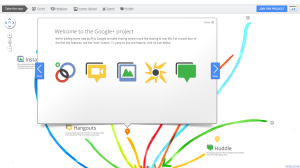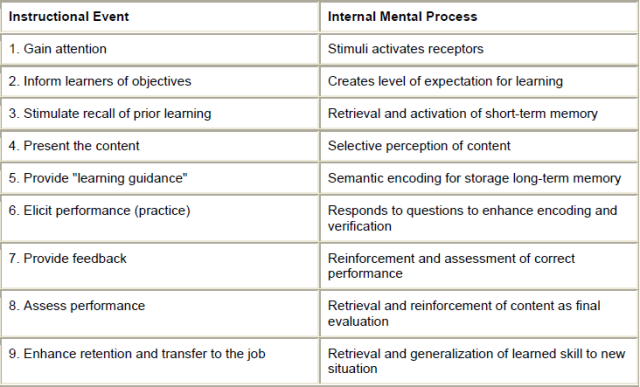Concept mapping can be perceived of representing visual knowledge in the form of a hierarchical graphic network composed of nodes and links. In the complex healthcare environment, it is very important for educators to cultivate critical thinking and judgement abilities in healthcare students. Concept mapping is an instructional strategy that requires learners to identify, graphically display, and link key concepts by organizing and analyzing information.
Concept maps can be successfully used to teach conceptual thinking, thus increasing students’ competence in critical thinking. Plotnick defines a concept map as a “graphical representation where nodes (points or vertices) represent concepts, and links (arcs or lines) represent the relationship between concepts”.
Edmondson & Smith describe a concept map as “a tool for representing the interrelations between concepts in an integrated, hierarchical manner”. The map provides a way to connect concepts, allowing the student to visualize during the learning process. Many times, new meanings are constructed about events or objects based on the students’ prior knowledge.
Infusing critical thinking skills into didactic activities requires the construction and reconstruction of meanings by students through actively seeking to integrate new knowledge with knowledge already existing in their cognitive structure. Cognitive structure is a term used by Ausubel (in Mellish, Brink & Paton 1998:28) to describe a person’s existing knowledge of a particular subject and how well organised and clear that knowledge is. Concept-mapping has been identified as a stimulating learning method to facilitate critical thinking by encouraging students to connect new knowledge to their prior learning, and to give students an opportunity to gain further, wide and varied knowledge of a number of concepts in a short period (Akinsanya & Williams 2004:41).
A study was conducted to examine the effects of concept mapping and synthesizers as instructional strategies for nursing students encoding and recalling pharmacology concepts in an undergraduate pharmacology course. Although results cannot be generalized, this study showed that using concept maps and synthesizers in the teaching environment is effective in increasing the students’ learning experience.
If students can link new information to their existing conceptual framework, they can construct new, meaningful interconnections so that their existing conceptions are transformed, enriched or revised and conceptual change occurs.



























